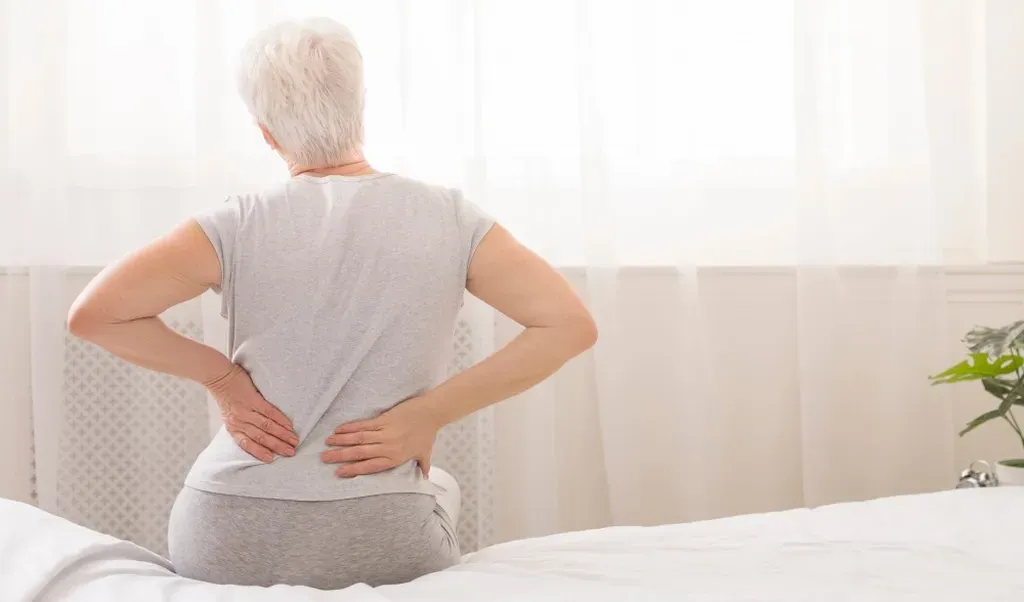You don’t have to attempt to grin and bear lower back pain. Instead, consider these at-home treatments and ways we can help.
Lower back pain can be deeply frustrating, especially given the impact your symptoms can have on your daily activities. However, some smart home care can go a long way until the pain diminishes or you get the medical treatment you need.
Our experienced providers at Physicians Group, with 27 locations throughout Florida and Minnesota, provide comprehensive care for your lower back pain so you can go about your days easily.
If you’re struggling with lower back pain, consider the following at-home treatments – and signs it’s time to seek professional support.
1. Cold and heat therapy
Cold compresses can minimize your pain shortly after a lower back injury with some therapeutic numbness. A cold pack can also prevent or reduce any swelling.
Once 48 hours have passed after an injury, you can apply a hot water bottle or heating pad for comfort and relief. That warmth may help by relaxing and soothing aching muscles and stimulating blood flow, which enhances healing. Heat therapy may be helpful for about one week post-injury.
2. Over-the-counter pain medication
Medications available at almost any drug or grocery store can temporarily relieve low back pain. Ibuprofen can help by lowering inflammation while reducing pain, for example. Acetaminophen and naproxen sodium help by blocking pain signals in the brain.
Pain-relieving topical creams, gels, and sprays may also help. Some topical treatments contain capsaicin, which interrupts pain messages to your nerves.
3. Resting your back
While movement can be helpful for many kinds of back pain by preventing stiffness and supporting blood flow, acute and severe back pain can benefit from a few hours of rest over 1-2 days.
When you rest or sleep, lie in a curled-up position with a pillow tucked between your legs for less strain. If you typically sleep on your back, place a pillow under your knees to reduce pressure.
4. Approved exercise
While you don’t want to exercise a severely injured back, many painful lower back conditions benefit from physical activity. Resistance training and aerobic exercise help keep your muscles flexible, limber, and strong, making them less injury-prone.
Exercise also supports healthy blood circulation to injured areas. Make sure you seek doctor approval if your pain is severe or long-lasting.
When to seek professional treatment
If your lower back pain has persisted for over two weeks and disrupts your normal activities, come to our office for an exam. If your pain is quite severe, make swift care your top priority. A fever paired with back pain may require emergency medical care.
At Physicians group, our team provides in-house diagnostic tests, such as X-rays, to pinpoint the cause of your lower back pain. Depending on the results, your symptoms, and your medical history, we may recommend the following:
- Activator instrumental adjusting
- Corrective exercises and stretching
- Infrared heat
- Interferential electrotherapy
- Interventional spinal therapeutics
- Massage
- Musculoskeletal ultrasound
- Peripheral joint or trigger point injections
- Spasticity management
- Spinal adjustments or decompression
- Traction tables
Your provider will work with you to customize a treatment plan that supports your healing, providing lasting relief.
To learn more about lower back pain treatments or get the care you need, call one of our offices or book an appointment through our website today.
